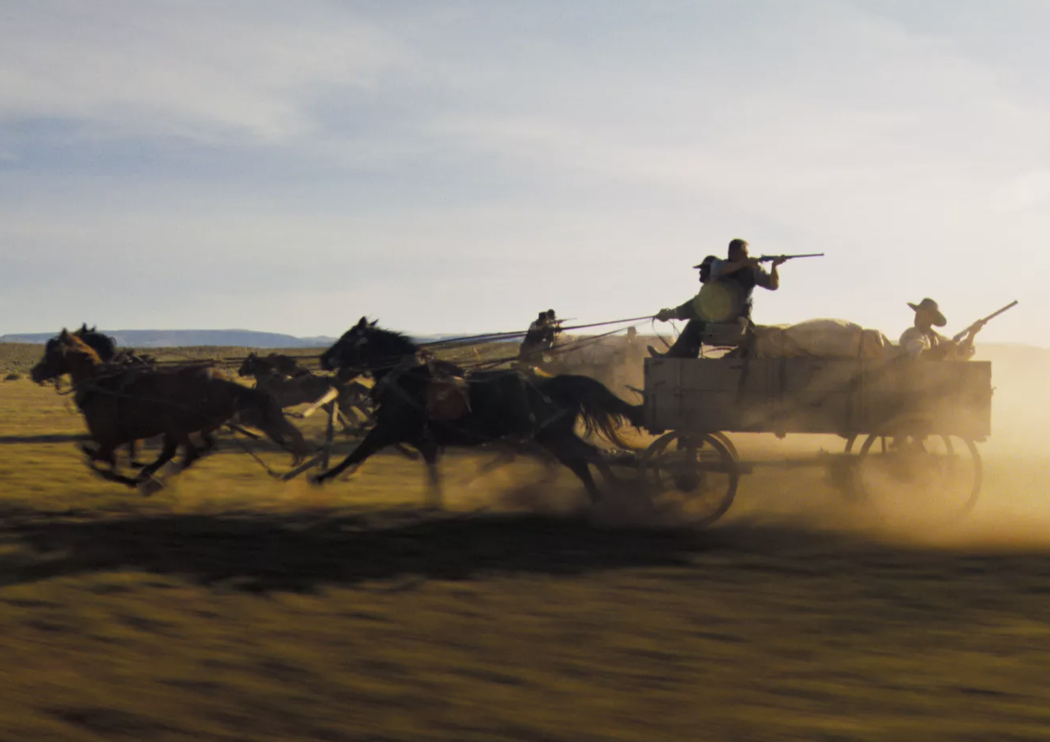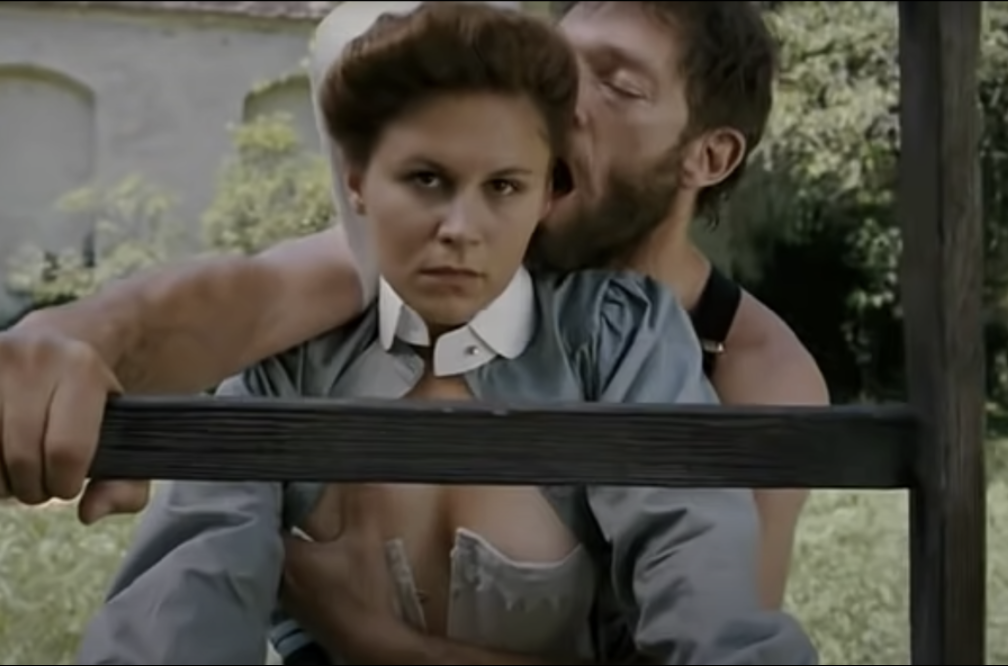Ever since Mel Gibson played the crazy, half-suicidal Martin Riggs in Lethal Weapon (which I’m having difficulty accepting as a film that’s nearly 30 years old), I’ve been carrying the idea that Gibson himself is highly eccentric and wound-up. Because I knew Riggs wasn’t just a character on a page but close in spirit and temperament to Gibson himself. It was obvious.
Purer manifestations emerged when he began directing. Braveheart (’95), The Passion of the Christ (’04) and especially Apocalypto (’06) wallowed in beatings, bruisings and gougings of an intense, graphic nature. Because something in Mel just can’t resist going there.
And now, after a ten-year absence from directing, comes Gibson’s latest, Hacksaw Ridge (Summit, 11.4), and it’s nearly as bloody and gorey as the others. This despite a World War II-era story about a real-life pacifist, Desmond T. Doss (Andrew Garfield), who earned the Congressional Medal of Honor during the Battle of Okinawa without firing a single bullet.
It’s unusual for critics to break into applause, but that’s what they did at the end of a Hacksaw Ridge screening last week. This reaction is reflected in the film’s 94% Rotten Tomatoes rating. But I have to say that while Hacksaw is vivid and pounding and open-hearted, I don’t get the adoration. It’s basically another half-crazy movie made by a half-crazy helmer — blood and guts, overt “acting”, saucy sentimentality, small-town patriotism, on-the-nose emotions.
I’m not calling Hacksaw a bad film, but it seemed a bit much for my tastes.
[SPOILER AHEAD] It does, however, does have a combat “bit” that I’ve never seen before and which I’m not likely to see again. I found it so startling that I laughed out loud. This being a Gibson film and war being what it is, more than a few soldiers aren’t just shot to death but shredded, beheaded, disemboweled. I’m not going to spell it out too graphically, but during the Okinawa battle a U.S. soldier (I forget the actor’s name) decides to bravely charge the Japanese, but he needs a shield to protect himself from their rifle fire. He spots a dead comrade with his legs and lower flank blown off…follow?
Hacksaw Ridge and Howard Hawks‘ Sergeant York (’41) are roughly the same kind of films about (a) the same kind of battle-averse rural guy who (b) winds up showing astounding courage and resourcefulness during a big battle with the enemy.
Garfield plays Doss like Gary Cooper played York — simple-hearted, country accent, a bit naive. And they both have sweet, adoring girlfriends — Joan Leslie‘s Gracie in Sergeant York, Teresa Palmer‘s Dorothy in Hacksaw Ridge. And they’re both from bumblefuck regions — Doss from rural Virginia (i.e., Lynchburg), York from some Tennessee backwater.
Doss refused to carry a weapon because of his Seventh-day Adventist beliefs, and so became a medic and wound up saving the lives of roughly 75 wounded comrades. York also made a claim for conscientious-objector status when he was inducted in the service, but wound up fighting anyway when his unit went against the Germans troops in Europe. York led an attack on a German machine-gun nest, killed 28 German soldiers and single-handedly captured 132 others.
Hacksaw Ridge (131 minutes) spends 55 to 60 minutes on Doss’s life in Lynchburg (his surly, alcoholic dad is played by Hugo Weaving) and then his difficult times in basic training (disdain from fellow enlistees) before finally going to battle in Okinawa.
Sergeant York (134 minutes) spends a good hour with York in Tennessee (his battles with alcohol and aggressiveness, finding religion and self-forgiveness) before he goes to Europe with his unit.
Cheers to Garfield for his impassioned performance, but there’s rarely a moment when he (or anyone else in the cast for that matter) doesn’t seem to be blatantly “acting”. This is Gibson’s style — he likes to deal emotionally emphatic cards. But don’t get me wrong — he’s made a first-rate, professionally impressive war flick with some truly ferocious combat footage, and if you ask me he’s earned himself a get-out-of-jail card (i.e., no more pariah status) in the bargain.
Simon Duggan‘s cinematography is clean, handsome and steady. Hacksaw is nicely edited by John Gilbert, and the visual effects…like I said, the second half is a gorefest. And after a while you start to numb out, or I did, at least. Perhaps that’s the idea on some level.













